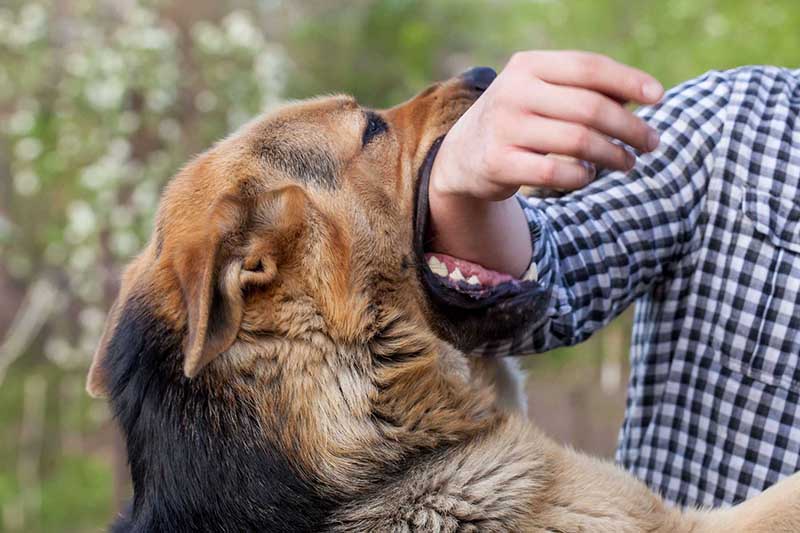Although rear-end collisions are usually considered the “least” deadly type of auto accident, there is no such thing as a “safe” kind. Although a fender-bender involving two passenger cars is unlikely to cause as many serious fatalities or injuries as a head-on collision or T-bone, rear-end accidents are the most common collision and can be highly hazardous for oncoming traffic, passengers, and pedestrians. If you are involved in a rear-end collision, you should get a legal consultation for your case before doing anything on your own.
Defensive driving techniques to avoid rear-end accidents
- Upgrade to a car with modern, high-tech safety features.
Based on data collected, the National Transportation Safety Board found that collision avoidance systems may prevent up to 80% of rear-end accident deaths. Regardless of who is blamed, advanced front-crash reduction systems like object detection and automated braking can reduce the likelihood of coming too close and rear-ending another car. While many modern cars already feature this technology, if yours is an older car or you are in the market for a new car, consider buying one with automatic braking.
- Drive at a safe distance or within the permitted speed limit.
The less time you have to react and stop if another car darts into your lane or brakes quickly in front of you, the more quickly you travel and the closer you are to other cars. The condition of the road can change unexpectedly, thus making it critical to always be in control of your car. This includes adhering to the posted speed limit, giving the car in front of you three seconds’ notice rather than tailgating, and generally using sensible judgment when operating your car.
- Minimize distractions
“Assuming you were alert”: in the hypothetical situation above, the distance you would go and the probability of getting in a rear-end collision rise significantly if you are not alert. You need to give your full focus to driving if you text, check your emails, browse social media, or do anything else on your cell phone that requires you to divert your eyes off the road. You will also be less able to react quickly to whatever is on the road ahead of you if you are eating, changing the radio channel, or concerned for children in the backseat.
- Perform regular vehicle maintenance.
Vehicles behind you will be unable to correctly estimate or predict your movements if your turn signals are failing, your brake lights are missing, or even if one is broken. This is particularly true at night.






